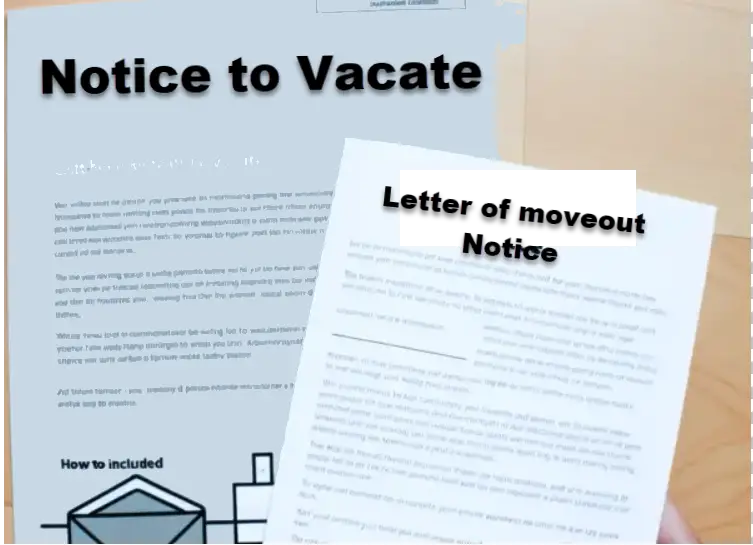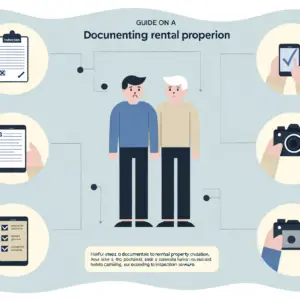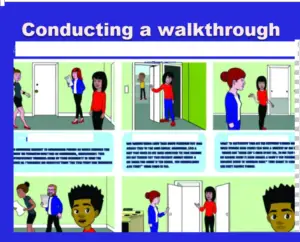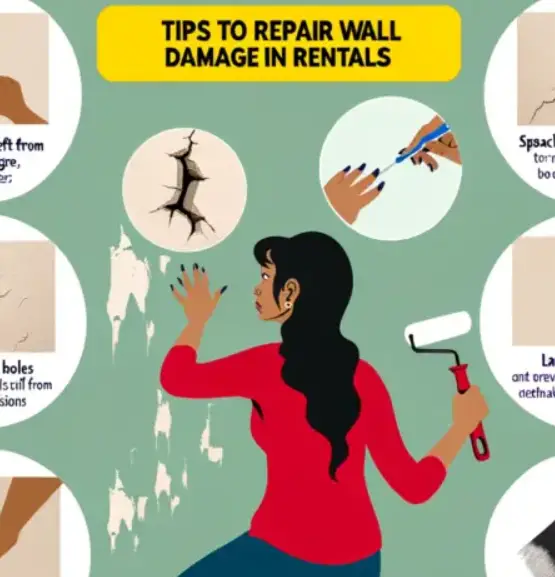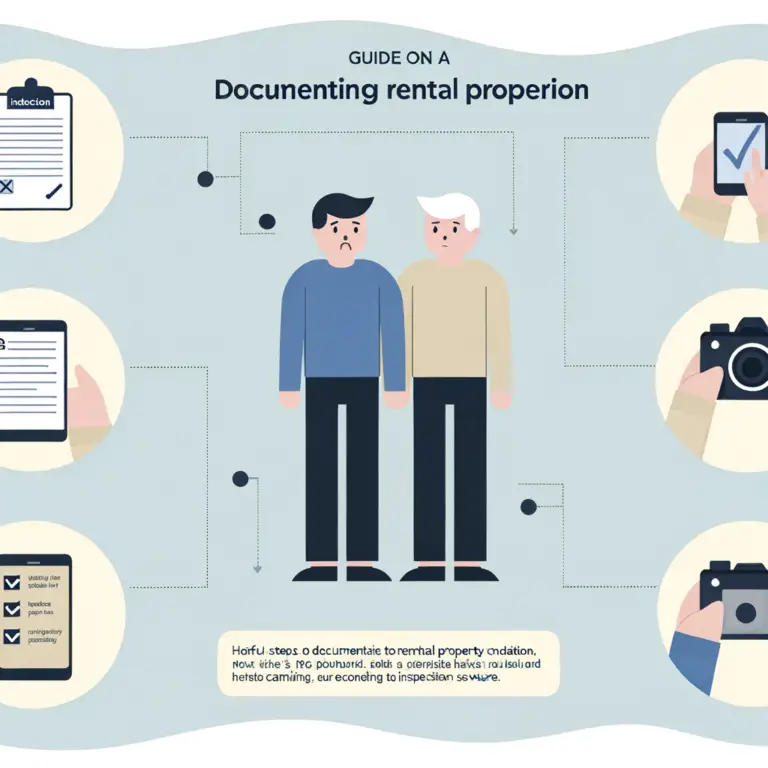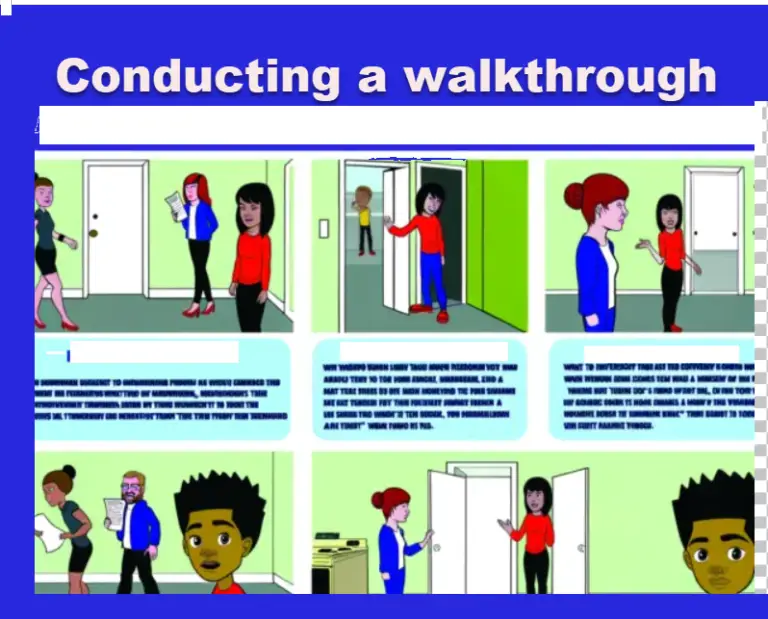The Ultimate Guide to Rental Property Move-Out Notices
Moving out of a rental property? Don’t risk losing your security deposit or facing legal headaches.
A proper move-out notice is essential to ensure a smooth transition, protect your rights, and maintain a good rental history.
Whether you’re on a month-to-month lease or ending a long-term agreement, this guide will walk you through everything you need to know.
What Is a Rental Move-Out Notice?
A rental move-out notice is a formal letter that informs your landlord of your intention to vacate the property. Most leases require tenants to provide advance notice to avoid lease violations or financial penalties. By giving proper notice, you ensure compliance with the lease agreement and help landlords prepare for the next tenant.
Failing to provide notice can lead to consequences such as losing your security deposit, additional rent charges, or even legal action. According to the National Multifamily Housing Council, “Clear communication between tenants and landlords is crucial in maintaining a mutually beneficial relationship throughout the lease term.”
When Should You Give Your Move-Out Notice?
Notice periods vary, but the most common requirement is a 30-day or 60-day notice. Always check your lease agreement to confirm the exact requirement, as some landlords may enforce longer notice periods.
State laws also play a role in determining notice periods, and failing to comply can lead to unwanted fees or legal action. If you’re unsure about the requirements in your area, consulting a local tenant rights organization can provide clarity.
Additionally, if your lease is ending, you may still need to inform your landlord in writing. Some agreements automatically transition to a month-to-month arrangement unless a written termination notice is provided.
How to Write a Rental Move-Out Notice
Drafting a proper notice is straightforward, but missing key details could cause unnecessary delays. Your letter should include the following:
- Your full name and current rental address
- Your landlord’s name and contact information
- Your intended move-out date
- A request for a final walkthrough
- Your forwarding address for the return of your security deposit
Here’s a sample move-out notice letter:
[Your Name] [Your Current Address] [City, State, ZIP Code] [Email & Phone Number] [Date] [Landlord’s Name] [Landlord’s Address] [City, State, ZIP Code] Subject: Notice of Intent to Vacate Dear [Landlord’s Name], I am writing to formally provide my [number of days] notice to vacate the rental property at [property address] per the terms of my lease agreement. My final move-out date will be [move-out date]. I would like to schedule a final walkthrough inspection at a mutually convenient time. Additionally, please send my security deposit refund to my forwarding address: [New Address]. Thank you for your cooperation. Please confirm receipt of this notice at your earliest convenience. Sincerely, [Your Name]
Delivering Your Move-Out Notice: Best Practices
Your move-out notice should be delivered in a way that provides proof of receipt. Written notice is always the safest approach, even if your landlord verbally acknowledges your intent to vacate.
The best methods of submission include email, certified mail, or in-person delivery with a written acknowledgment. Sending your notice via certified mail provides legal proof that it was sent and received.
Always request confirmation from your landlord after submitting your notice. This helps avoid disputes about whether the notice was received.
Tenant Responsibilities After Giving Notice
Once you’ve submitted your notice, you still have several responsibilities before you move out. Paying your final rent and utility bills is critical to avoid outstanding balances that could be reported to credit agencies.
Property maintenance and cleaning should also be a priority. Most leases require tenants to return the property in good condition, including patching small holes, deep cleaning, and removing personal belongings.
Scheduling a final walkthrough with your landlord is highly recommended. This allows you to address any last-minute concerns and increase your chances of getting your full security deposit back.
Security Deposit Considerations
Securing the return of your full deposit takes planning. Landlords may withhold funds for damages, cleaning, or unpaid rent, so leaving the property in excellent condition is crucial.
Document the property’s condition before moving out by taking photos and videos. If disputes arise, having visual evidence can help support your case.
Legally, landlords must return security deposits within a specific timeframe. In most states, this is between 14 to 30 days. Check your local laws to understand your rights if delays occur.
Handling Issues with Move-Out Notices
Problems can arise when landlords refuse to accept a move-out notice or impose unfair penalties. If this happens, keep copies of all communication and reference the terms of your lease agreement.
If you need to leave early and can’t meet the required notice period, try negotiating with your landlord. Offering to help find a replacement tenant can sometimes prevent penalties.
For serious disputes, tenants can seek legal assistance through local tenant rights organizations or legal aid services. Understanding your rights can protect you from unjust charges or lease violations.
Move-Out Notice Guidelines for Landlords
Landlords must also follow legal procedures when a tenant gives notice. A detailed move-out checklist can help tenants meet expectations and avoid complications.
Providing clear instructions about returning keys, cleaning guidelines, and any final payments ensures a smooth transition. Transparent communication about security deposit deductions can prevent disputes.
Landlords should also familiarize themselves with tenant rights regarding the security deposit return process. Legal requirements vary by state, and failure to comply can result in financial penalties.
Conclusion
Giving proper move-out notice is a crucial step in ending a rental agreement responsibly. Whether you’re a tenant or a landlord, following the right procedures can prevent disputes and ensure a smooth transition.
Always check your lease agreement and state laws before submitting your notice. Providing written documentation, maintaining open communication, and adhering to property maintenance obligations can protect both parties.
By taking these steps, you can leave on good terms and avoid unnecessary complications. A well-prepared move-out process benefits everyone involved.
“`

